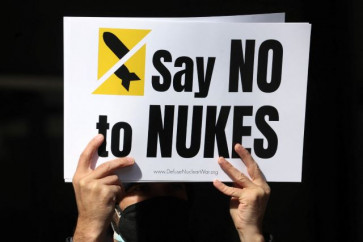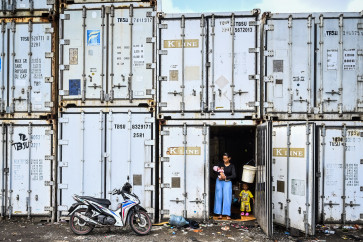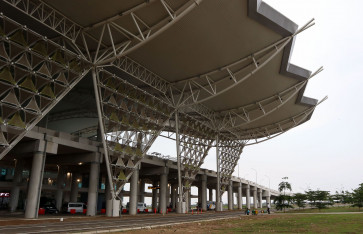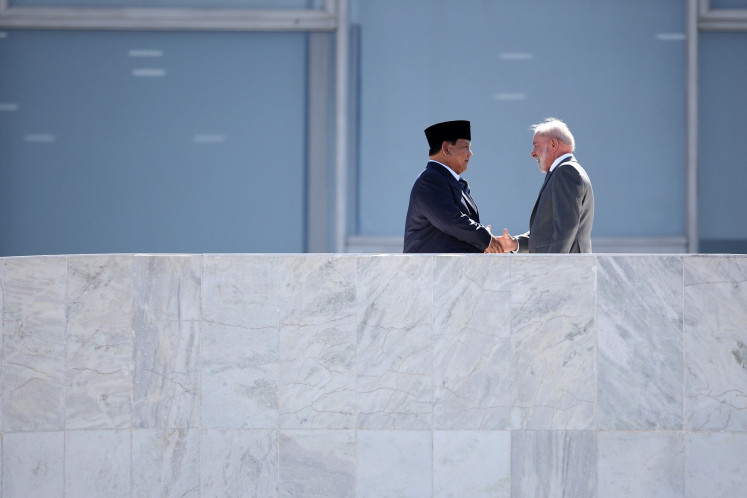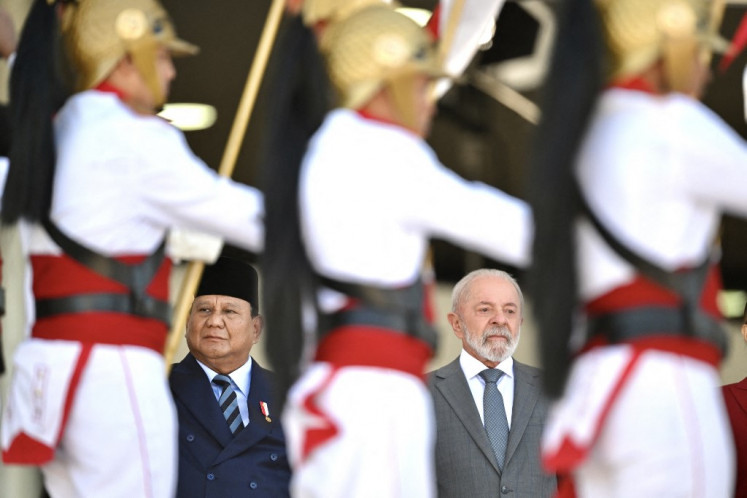Popular Reads
Top Results
Can't find what you're looking for?
View all search resultsPopular Reads
Top Results
Can't find what you're looking for?
View all search resultsJournalists numbed against violence
Every year on May 3, journalists celebrate World Press Freedom Day
Change text size
Gift Premium Articles
to Anyone
E
very year on May 3, journalists celebrate World Press Freedom Day. On the same day, we were also faced with the worrying trend of violence against journalists.
The Alliance of Independent Journalists (AJI) listed 60 incidents of violence against journalists here last year. It puts 2017 as the second highest year in a decade in terms of the number of violent incidents against journalists.
Throughout last year, my university colleague Veronika Kaban and I conducted research on journalists from national television stations who were persecuted when reporting on rallies against former Jakarta governor Basuki “Ahok” Tjahaja Purnama. The result, focusing on their interpretation of their experience of violence, reveals the shifting position of journalists in a demonstration and the tendency of desensitization toward violence.
In the past, journalists were hardly considered the enemy of the protesters. But in the last few years, journalists have been the target of assaults.
All the journalists as informants of this research said the masses mostly criticized the media for covering the demonstration from an undesirable angle. For instance, in the demonstration against Ahok, the report that enraged protesters was about the number of people who joined the rallies, mainly of Dec. 2, 2016.
While the crowd wanted them to report that there were millions of people in the rally, some television stations reported there were only thousands. People were also upset because these television reports revealed that they had destroyed the surrounding parks and had thrown stones at the police.
The second reason that journalists turned into the enemy was their media outlet’s political affiliation and the ethnicity of the owner. The informants of this research said some people had provoked the crowd by informing them about the media outlet’s ownership and the content of their coverage.
As the situation heated, the informants experienced various kinds of violence. They were chased, kicked, hit in the head, had plastic bottles thrown at them and were verbally abused. One of the informants, Rifai Pamone from Metro TV, said he was really sad because a woman in the rally had told her child to kick him because he’s “an infidel”.
Kompas TV video journalist Muhammad Guntur said he was also bullied on social media as netizens accused him of being the one who provoked the clash.
“In the old days, the conflict was between law enforcers and the crowd, not against the journalists. But these days, they attack and blame us. If they don’t like us, they just hit, spit and mock us,” Guntur said.
Guntur and the other informants could feel how the situation no longer benefits them.
“We can feel the change. It was safe for us to cover rallies before. Now, we have to take off our uniforms.” If protesters ask which media outlet they were from, reporters just give them a name that they won’t recognize, he added.
Some informants said there was no use reporting their case to the police, as their problems might just end up as cold cases.
Guntur reported the violence to the police. He was once invited to attend a police reconstruction of the incident but heard nothing afterward.
Sujarwono, former chairman of the AJI, said in the last few years none of the cases of violence filed to the police reached the courts.
One of the dangers of ignoring violence against journalists is desensitization. More journalists may continue to lose their sensitivity toward intimidation and violence against them.
All informants of this research tend to see intimidation and violence as a risk of their profession and therefore see it as something “normal”.
“It’s common to happen, though it is best not to happen […] Physical intimidation indeed boosts the adrenaline,” Rifai said.
The feeling of shock among affected journalists only lasted for a day or two and then life returned to normal.
None of them took leave after the incidents despite the advice of their superiors to do so. One reason cited was that “there was no blood”, indicating the opinion that the attacks were not that bad.
“I consider it a common thing, part of the risk of my job,” Guntur said.
Apart from desensitizing journalists, people seem to easily forget these cases. Police received the reports, but most of the reports went nowhere.
The Press Council and journalist associations strongly condemn such assaults immediately. However, instead of continuing to press authorities to take action, the issue usually disappears in a few days or weeks.
In the end, we see no longer individual desensitization, but social desensitization. Society fails to see violence against journalists as a serious problem and thus fails to consistently make law enforcers to bring the cases to trial.
What is needed is what sociologist Pierre Bourdieu cites as the power of the agency to change their world or habitus. The agency, in this case is, the journalist.
As more journalists become aware of such problems, their role as an agency should be activated by taking real action to change the structure.
How many journalists would go the extra mile to keep on asking the police for updates on the cases filed by journalists? How many media outlets would frequently publish follow-ups of the cases?
Journalists can also encourage those in power to take legal action to ensure the safety of media workers as well as supporting the Press Council and journalist associations to persistently remind the police to do their job.
At the end of the day, who would care about the journalists’ safety but themselves?
______________________________
The writer is a journalismlecturer at Multimedia Nusantara University (UMN) in Tangerang, Banten.


